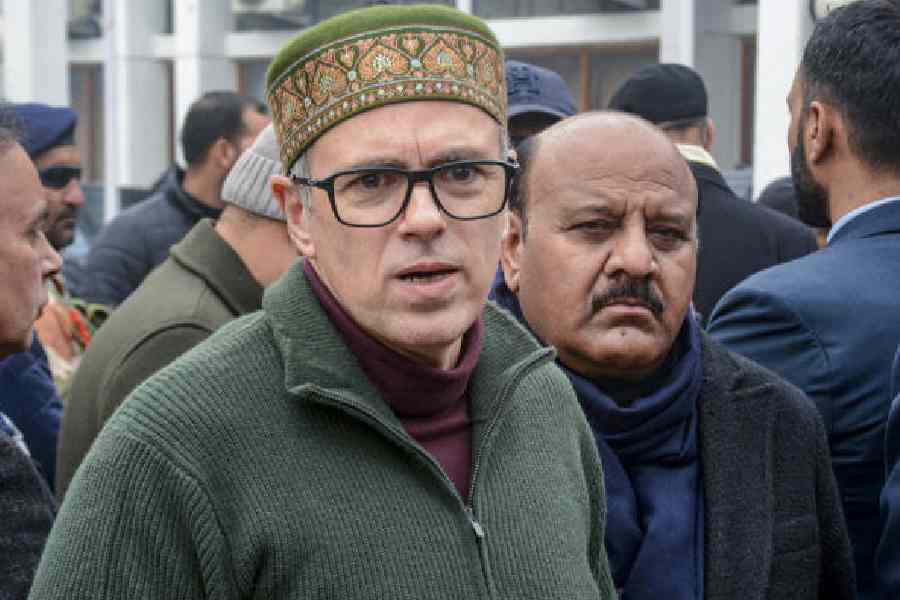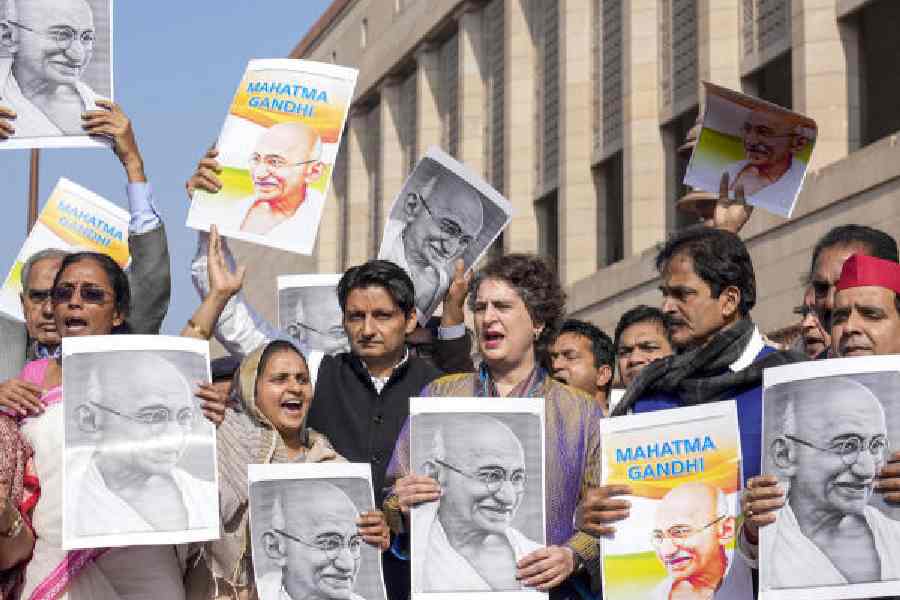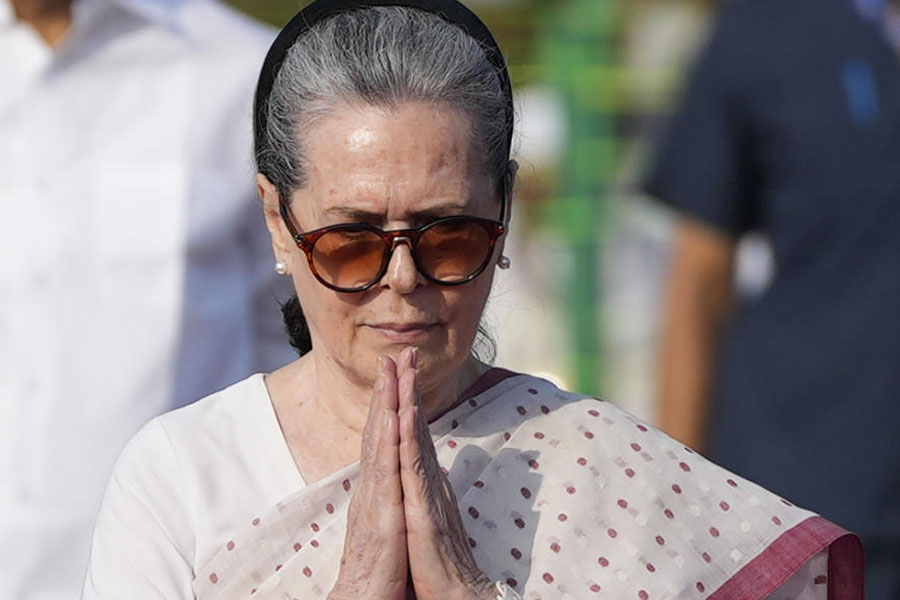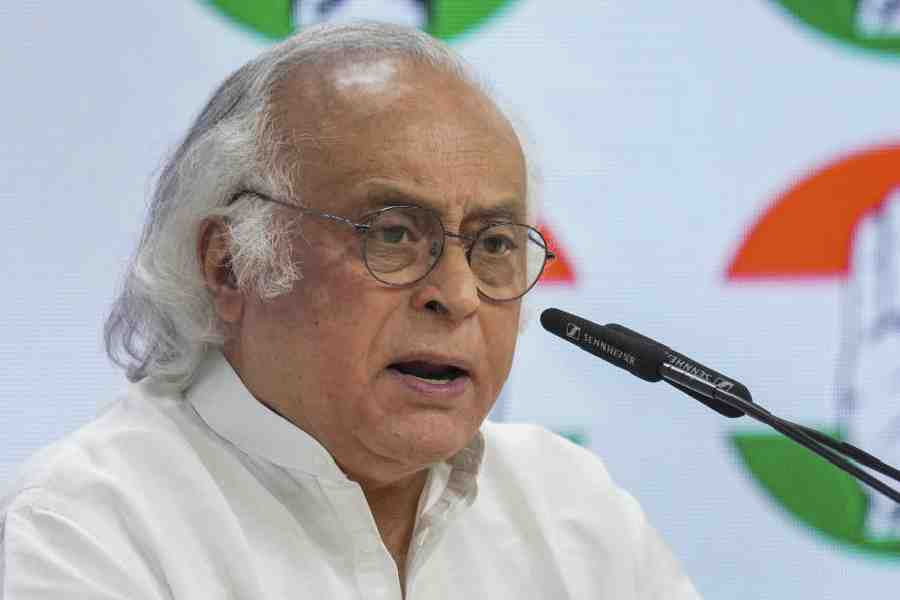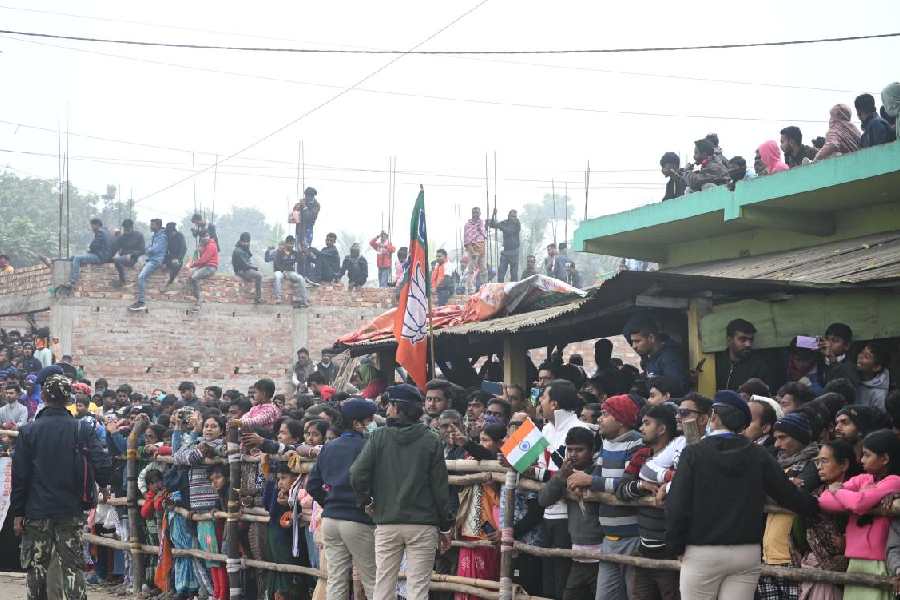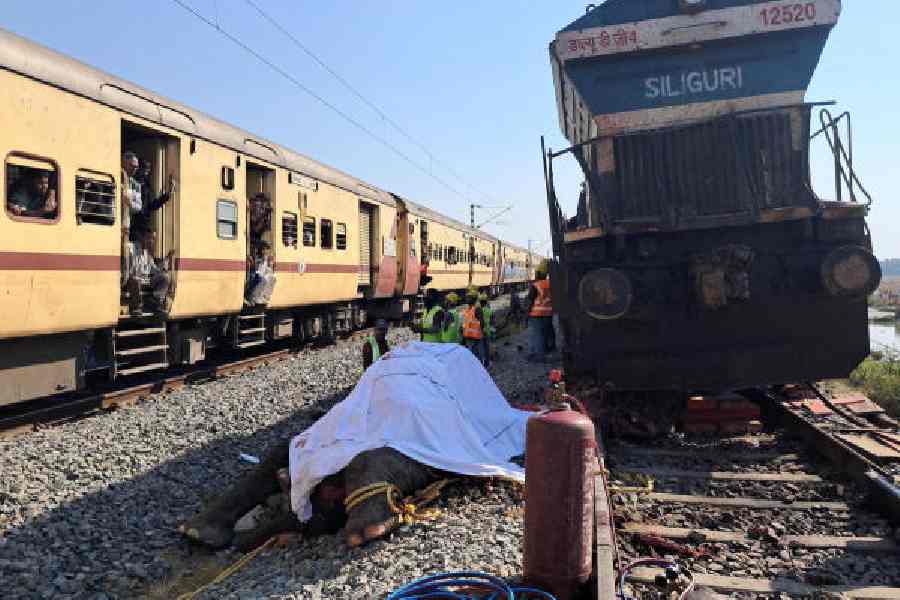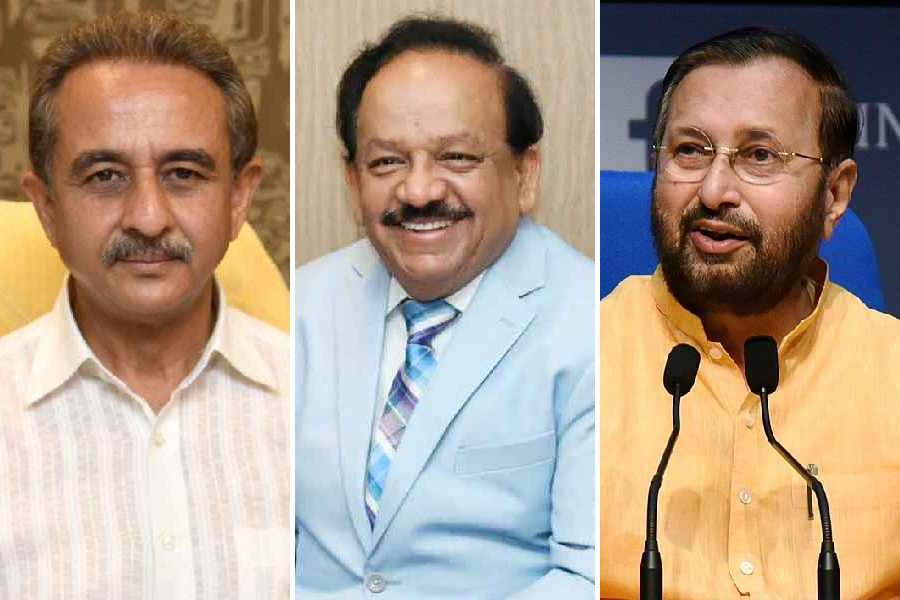 |
Retired engineer Banke Prasad Singh loves to hoard coins — not for their economic value but for the stories they tell.
“Every coin has a story to tell. It is fascinating,” said Singh, a former superintending engineer of the public works department, who possesses more than 1,000 rare pieces of currency. The connoisseur of numismatics can deliver a history lesson through the coins in his collection.
One of the oldest is a copper piece from the Kushan period. The Kushan dynasty ruled parts of north India and central Asia in the 1st and 2nd century AD.
He also possesses a copper coin issued by Pathan emperor Sher Shah Suri in 1490. A silver coin from Allaudin Khilji’s treasury, issued in 1299, is also one of Singh’s favourites. Of the more recent addition to his collection is a 2 anna silver coin with the image of Queen Victoria. It was issued in 1840.
But his collection — in Singh’s opinion — is far from complete. “I want to have a coin named ‘Ashwarohi’ issued by Mohammed of Ghori (an Afghan chieftain who invaded India thrice — in 1178, 1191 and 1192, and defeated Prithviraj Chauhan in the Second Battle of Tarain.) It is made of gold and costs between Rs 2-3 lakh,” he said.
Experts claim that numismatics can be a fertile source of historic study. Arvind Manjul, superintending archaeologist, Archaeological Survey of India, Patna, told The Telegraph: “Coins tell us a lot about a particular ruler or dynasty. For instance, if one possesses a good collection of Gupta coins, one can easily learn about the chronology of the dynasty, the culture and the economy. Since museums don’t possess all the coins, the collection of private collectors can be very helpful in our research.”
For Singh, the interest in numismatics was sparked when he chanced upon his grandmother’s assortment of currency after her death. “My grandmother died in 1990. When I went to attend her funeral, I found a large collection of coins that she had gathered over years. As I perused through it, I found it very interesting. Then, I started reading up on how different rulers issued coins. Soon, I was obsessed with coins.”
Asked how he adds to his collection, Singh replied with a couplet from Kabir: “Jin dhunda, tin paiyan (You will get what you look for).”
He added: “I usually exchange or buy them from other collectors.”
Though Singh does not want to exhibit his collection or earn fame through it, he is interested to take part in Todywalla Auctions, Mumbai — the oldest and largest numismatic auction house in India. “I want to take part in Todywalla Auctions as I have read a lot about them. But I am scared of sending my coins to them, as I fear that they may be misplaced. That would be a great loss for me.”
He added: “Also, most of the coins in my possession originate from Bihar. It is the state’s property and should stay here.”
Bihar, however, does not have a numismatics society yet, nor is there any plan to set up one soon. “At present, we don’t have any numismatics society,” said Vijay Kumar Chaudhary, director, KP Jaiswal Research Institute, Patna. He added: “But Bihar Heritage Development Society (of which Chaudhary is a director) plans to start a course in numismatics soon to develop interest in the subject among the youth.”


